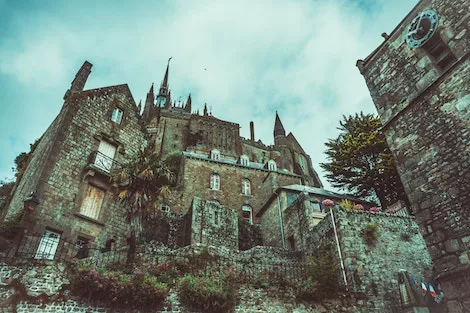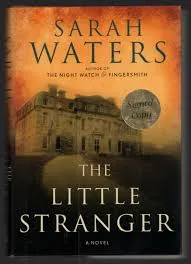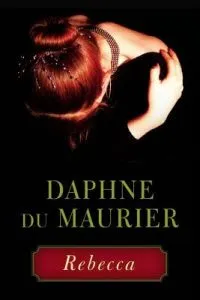
Women, Trauma, and Haunted Houses
Horror, as a genre, can be uniquely and violently misogynistic. Turn on a random horror movie or TV show and most likely, the women are sexually assaulted, murdered, and blamed for both. However, horror can also explore deep anxieties about the real life horrors of heterosexism, misogyny, relationships, reproductive control, and bodily autonomy. This brings me to the haunted house.
The haunted house is a staple of the horror genre and it’s easy to see why. Your house should be familiar and it should behave predictably. When your safe, warm home turns out to be something else, it’s terrifying. For a good list of classic haunted house novels, click here.
But what do women do in the haunted house? How does the haunted house function as the terrain on which women work out their fears and anxieties? In this post, I examine three haunted house books written by women to find out.
Mild spoilers ahead, though I won’t give any major plot points away!
 The Little Stranger by Sarah Waters
The Little Stranger by Sarah Waters
Hundreds Hall was once a fine, 18th century English estate, but has now fallen into disrepair and financial ruin in the aftermath of World War II. The women in this novel experience the Hundreds Hall house as a physical manifestation of their worst anxieties.
The haunting preys upon the women’s sense of personal ruin. The daughter, Caroline, is an adult, but unmarried and with no money. She remains trapped in a childlike limbo in her home with her mother. Meanwhile, the mother mourns the death of her first child and the loss of her once esteemed social position.
The ghost takes advantage of all of this. Objects move of their own accord. Writing appears on the wall. An unidentifiable sense of evil runs through the house and causes people to do bizarre things.
The consequences of this evil are attributed to the financial and social failures of the family. There is the perception that women are always just a touch away from madness, anyway. The hauntings escalate, and so do the women’s apprehensions about their positions in the world.
 Beloved by Toni Morrison
Beloved by Toni Morrison
124 Bluestone Road is a home possessed by family trauma, the remembered horrors of slavery, and a ghost.
Trauma comes alive in this house. The pain and terror felt by Sethe and her daughter, Denver, feed the house and give it strength. Sethe and Denver become increasingly ensnared by the hauntings. At certain points, they are unable to even imagine entering the world outside. Their traumatic experiences are made flesh and blood, which keeps them trapped both inside the house and in the memories of their very worst moments.
This haunted house reminds us that trauma and pain are physically located in the material world. It is a lesson in how the past does not leave willingly. It overstays its welcome and torments those who have survived it.
If you read any book on this short list, read this one.
 Rebecca by Daphne Du Maurier
Rebecca by Daphne Du Maurier
Continuing the theme of the haunted house as trauma’s stomping grounds, Manderley was once the home of Mrs. Rebecca de Winter before her untimely death. Now, the nameless second Mrs. de Winter has moved in after marrying the widower.
Though Rebecca is dead, the second Mrs. de Winter cannot escape the specter of her perfection. There’s something sinister in all the heirlooms, high society parties, and the inescapable Rebecca-ness of it all. Rebecca had lavishly cared for the mansion in her life and each room is overpowered by her memory. She has died, but she will not leave. The second Mrs. de Winter cannot bear this. She is isolated in a mansion that sees her as an imposter.
How can she be sure of the love of her husband? How can she learn how to run an estate? The haunted house answers, you can’t, you can’t.
So, how do women experience haunted houses?
In the above books, the haunted house is a physical expression of anxiety and trauma that stems from violent misogyny.
Trauma can feel like living in a haunted house. You live between the worlds of dead and alive, where regular rules don’t apply. Furniture moves, ghosts of dead children walk through the halls, and it’s nearly impossible to leave, which creates a self-feeding loop of fear.
Furthermore, maybe the haunted house is the only way that women in the novels discussed above can process what has happened to them. There do not seem to be very many other options for their processing, after all. The women might not have the words or the protection of societal structures to articulate their fears and passions. Therefore, the entire house models itself after them, horrors and all. The physical space takes on their trauma and anxieties.
Their need for expression is so great, and so beyond words, that it transforms the walls, rooms, ceilings of the house to give them a life of their own. The haunted house story can give women the opportunity to walk through their traumas and fears when they feel most unspeakable.
Tell us your favorite haunted house books!















